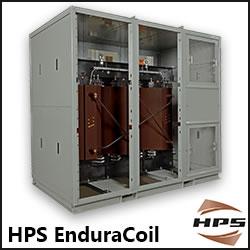Lithium-ion batteries for efficient storage of renewable energy and mobile power solutions
Iowa Now Gets 20% of Electricity from Wind
Plug Power Case Study: Wegmans Food Markets, Inc.
Concentrated Solar Power (CSP) - Global Market Size, Competitive Landscape, Regulations & Investment
Production Cutbacks Insufficient to Prevent Solar Module Inventory Buildup
End of Summer Fuel Cell Road Trip
A case for low cost and affordable Energy Management Devices
Investor Interest in U.S. Biofuel Production Set to Soar
The south knows where the wind blows: forest sites in focus
Bright Spots in U.S. Solar Industry Growth
Un-Analytics: How Google Went Solar
A Good Backup Energy Plan
The Wind Industry in Canada
Smart Grid Technology
Top 10 Best-Performing Solar PV Stocks in 2011
Records 4096 to 4110 of 5383
First | Previous | Next | Last
Featured Product

